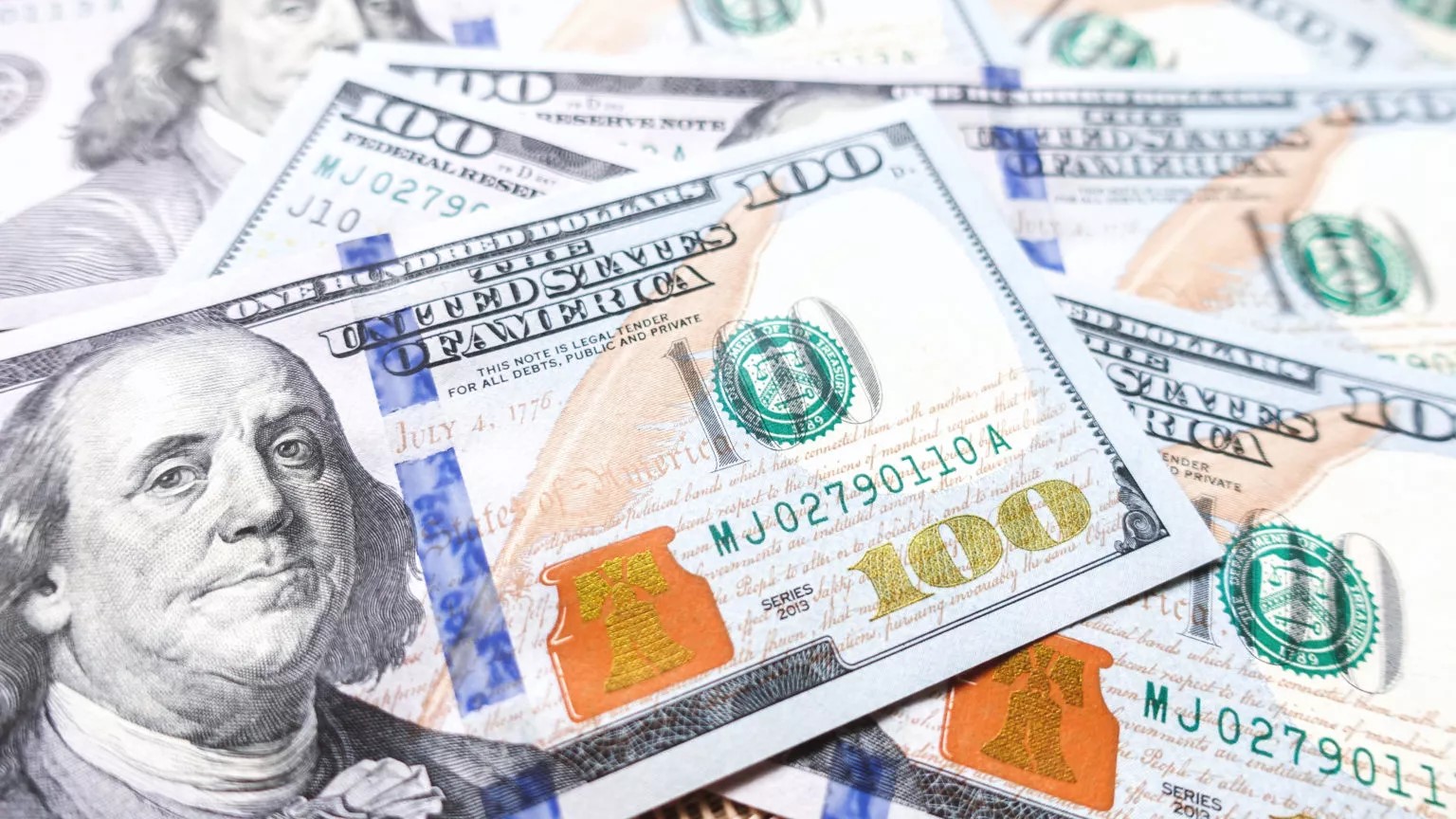
ECONOMYNEXT – Sri Lanka’s inflation is expected to be below 3 percent up to the first quarter of 2025 the central bank said, after maintaining inflation around the same levels in the past several months, breaching the lower level of a 5 percent inflation target.
Sri Lanka’s central bank has proposed a 5 percent inflation target, plus or minus two percent to President Ranil Wickremesinghe, who has apparently accepted it without question.
The agency now projects inflation, giving baseline forecasts and probable projected inflation.
“Given that the quarterly average inflation recorded during Q2-2024 was also below the target by more than 2 percentage points, the projections imply a possible breach of the inflation target, as stipulated in Section 26(5) of the CBA, on the downside in Q3-2024 for the first time, as inflation would have been below the target by more than 2 percentage points during two consecutive quarters,” the central bank said.
“As per the currently available information and projections, such a breach is likely to continue in Q4-2024 and Q1-2025 as well.”
Since the end of a civil war Sri Lanka’s macroeconomists have triggered serial currency crises and eventual sovereign default under cover of a 5 percent inflation target using aggressive liquidity injections and ‘operation twist’ style actions to mis-target gilt yields and change rupee reserves of banks, critics have said.
However, since September 2022 Sri Lanka’s central bank has maintained exceptional domestic and external monetary stability providing a strong foundation for the public and businesses to resume economic activities and for banks and the central bank itself to repay debt and build up foreign reserves.
RELATED
Sri Lanka banking system foreign assets positive in May, collects $6.7bn since rate hike: analysis
Under the statistical formula in the inflation target, two consecutive quarters of inflation 2 percent higher or lower is considered a ‘breach’. Inflation was below 3 percent in recent months.
“As per the currently available information and projections, such a breach is likely to continue in Q4-2024 and Q1-2025 as well,” the Central Band said in its August Monetary Policy Report.
Sri Lanka’s economic growth rebounded to above 5 percent in the first quarter of 2024, amid the stability provided by the central bank after currency depreciation and direct taxes destroyed disposable incomes and domestic demand in previous quarters.
“Based on available indicators, survey findings, and staff evaluations, the economy is expected to have recorded continued growth in Q2-2024,” the report said.
“This performance is expected to have been driven mainly by healthy performances in Industry and Services activities.”
The actual growth rate percentage was partly a statistical effect from a low base and second quarter growth will be lower, the central bank said.
Sri Lanka’s inflation is now close to Cambodia, where macro-economists in the Treasury or Central Bank do not have a working ‘transmission mechanism’ to trigger forex shortages and inflation with rate cuts, due to high levels of dollarization.
Bank Treasurers (or primary dealers) also cannot influence the central bank, which still exists in the country to cut rates by printing money.
As a result, the country has inflation and interest rates close to that of the US. Foreign and private investments are also strong with no economic crises to drive away foreign investors or to destroy real savings.
Sri Lanka’s private credit is currently muted, and the central bank also has to run broadly deflationary policy under an International Monetary Fund program which requires domestic assets of the central bank to be liquidated and foreign assets re-built.
Sri Lanka’s macro-economists started to depreciated the currency aggressively from after 1977, triggering high inflation and social unrest.
Many countries suffered the same fate after the IMF’s Second Amendment to its Articles deprived member countries who jettisoned external anchors without a credible anchor to issue money.
Critics say given the serial currency crises triggered since the end of a civil war and the sovereign default show that a 5 to 7 percent inflation target does not amount to a credible anchor, particularly as such levels fail to maintain external stability.
Economists have also pointed out that inflation targeting (a domestic anchor) without a clean float is a spurious doctrine prone to crises, just as money supply targeting without floating rate was in the 1980s.
Some of the recent defaulting countries have even worse anchors.
Macro-economists can also inflation food and energy prices and trigger social unrest by depreciating the currency using the flexible exchange rates.
Several countries under IMF programs where macro-economists depreciate currencies now, have higher inflation rates than Sri Lanka despite having double digit policy rates and interest rates around 20 percent or higher.
Stable exchagne rates maintained by the central bank has allowed electricity prices in particular to be cut as coal prices fell amid US monetary tightening. Sri Lanka has virtually no history of falling energy or food prices after going up.
By the time US tightens policy and brings energy commodity prices down, the domestic currencies have usually fallen, due to anchor conflicts coming from what is referred to as ‘monetary policy independence’. (Colombo/Aug16/2024)
